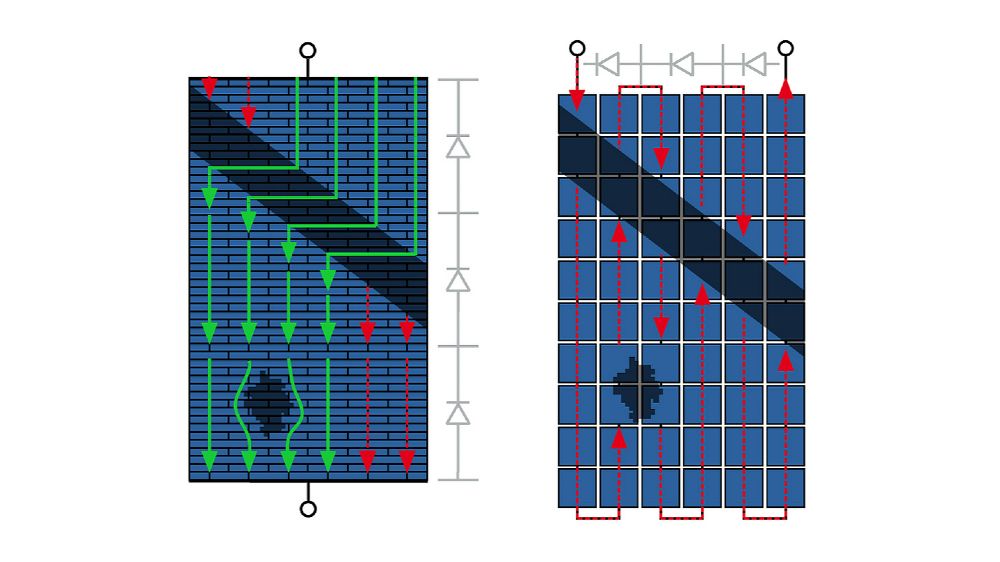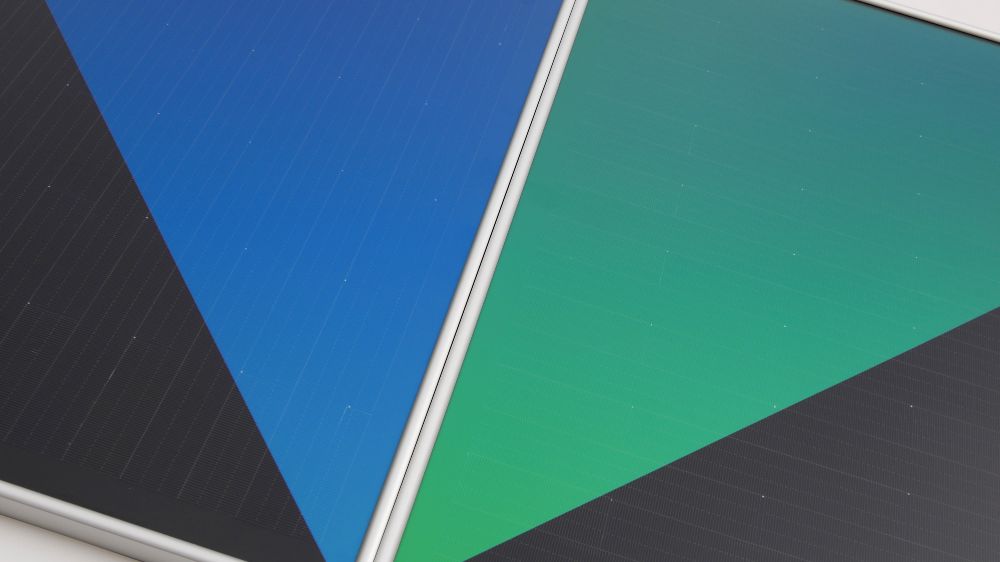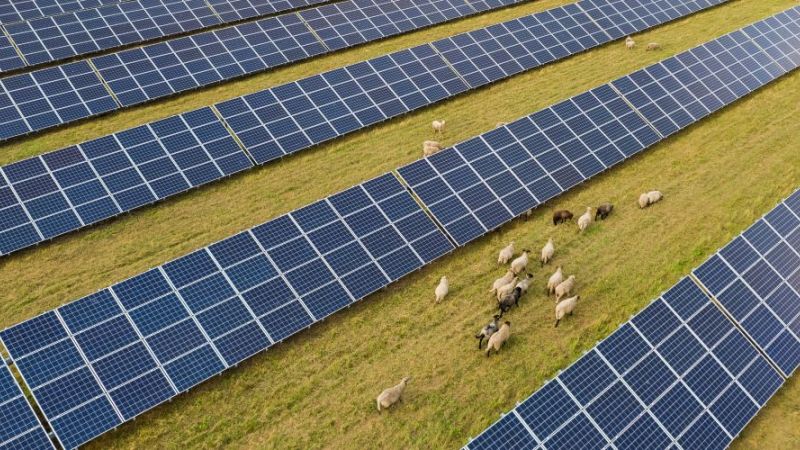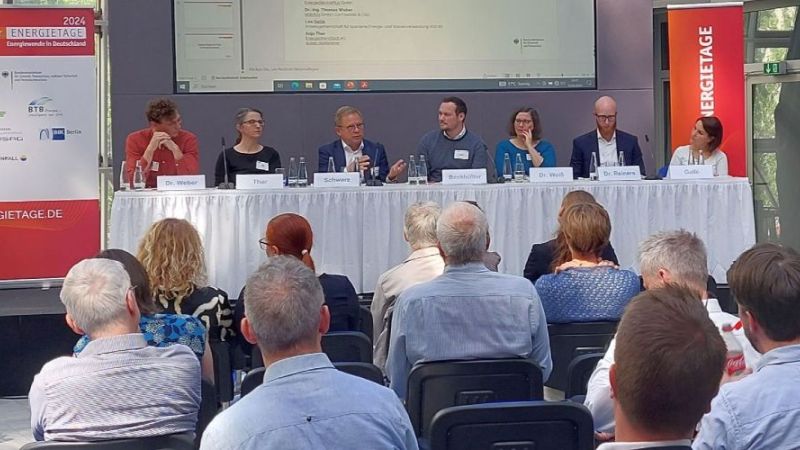 © M10 Industries AG
© M10 Industries AG
Photovoltaics
Shingle solar modules: innovatively interconnected and industrially producible
A new matrix shingle concept combines silicon solar cells and offers maximum yield on a limited area. With the manufacturing plant developed in parallel, matrix modules can be produced on an industrial scale.
Shingle modules consist of narrow solar cell strips that are connected to form strings using electrically conductive adhesives. The individual solar cells overlap slightly, hence the name shingle. In the Shirkan research project, short for "Matrix Shingle PV Module - Robust, Cost-Effective, Aesthetic and Highly Efficient", scientists from research and industry have jointly expanded shingle technology to include matrix functionality and developed it to industrial maturity.
The individual shingle solar cells are arranged overlapping and offset to each other on the long cell side and glued together, like bricks in a wall. This has two advantages: Firstly, there are no gaps between the cells or strings. The available space can be fully occupied and inactive spaces disappear. Secondly: The result is a homogeneous visual appearance. This means that the new matrix module is more efficient than standard modules and offers a premium module design. These are important criteria for integrated photovoltaics, for example on facades or vehicles.
In practice, it is rather common for chimneys, antennas or ventilation outlets to shade parts of photovoltaic modules and thus interrupt the flow of current. This is where another quality of the new technology becomes apparent. Within the matrix, the cells are electrically connected in series and at the same time in parallel. Thanks to this network of connections between the solar cells, the current can flow around the small shaded areas. In contrast, in conventional modules, the cells of an entire string are affected – even if only partial areas are shaded. Depending on the type of partial shading, the new matrix module can generate between 70 and 95 per cent more output compared to conventional modules. The teams of scientists want to demonstrate the great potential of this interconnection topology in further investigations. To this end, they are currently developing the world's first module with a cell-to-module efficiency loss of 0 per cent. This would allow the efficiency of the module to be increased by more than 1.5 per cent compared to standard modules.
Homogeneous module surface with individual colouring
The new matrix shingle modules are particularly suitable for building facades and vehicle surfaces. Here it is important to make optimal use of space and achieve a high tolerance of shaded areas. Furthermore, the modules can be combined with a colour layer and produced in a wide range of colours. In this way, combined with the homogeneous module surface, facades can be designed to be architecturally pleasing and at the same time used for photovoltaics.
Connecting 12,000 shingle solar cells every hour
Within the Shirkan project, scientists from the industrial partner M10 Industries have developed a fully automated matrix shingle stringer to produce matrix interconnections on an industrial scale. They did this by optimising a conductive and lead-free adhesive in collaboration with project partner Polytec PT, as well as investigating and successfully testing a novel curing process. An additional advantage of the new system is that it can be integrated into conventional module production lines. The project teams have currently commissioned a first plant prototype at Fraunhofer ISE to produce prototype modules. (mm)












